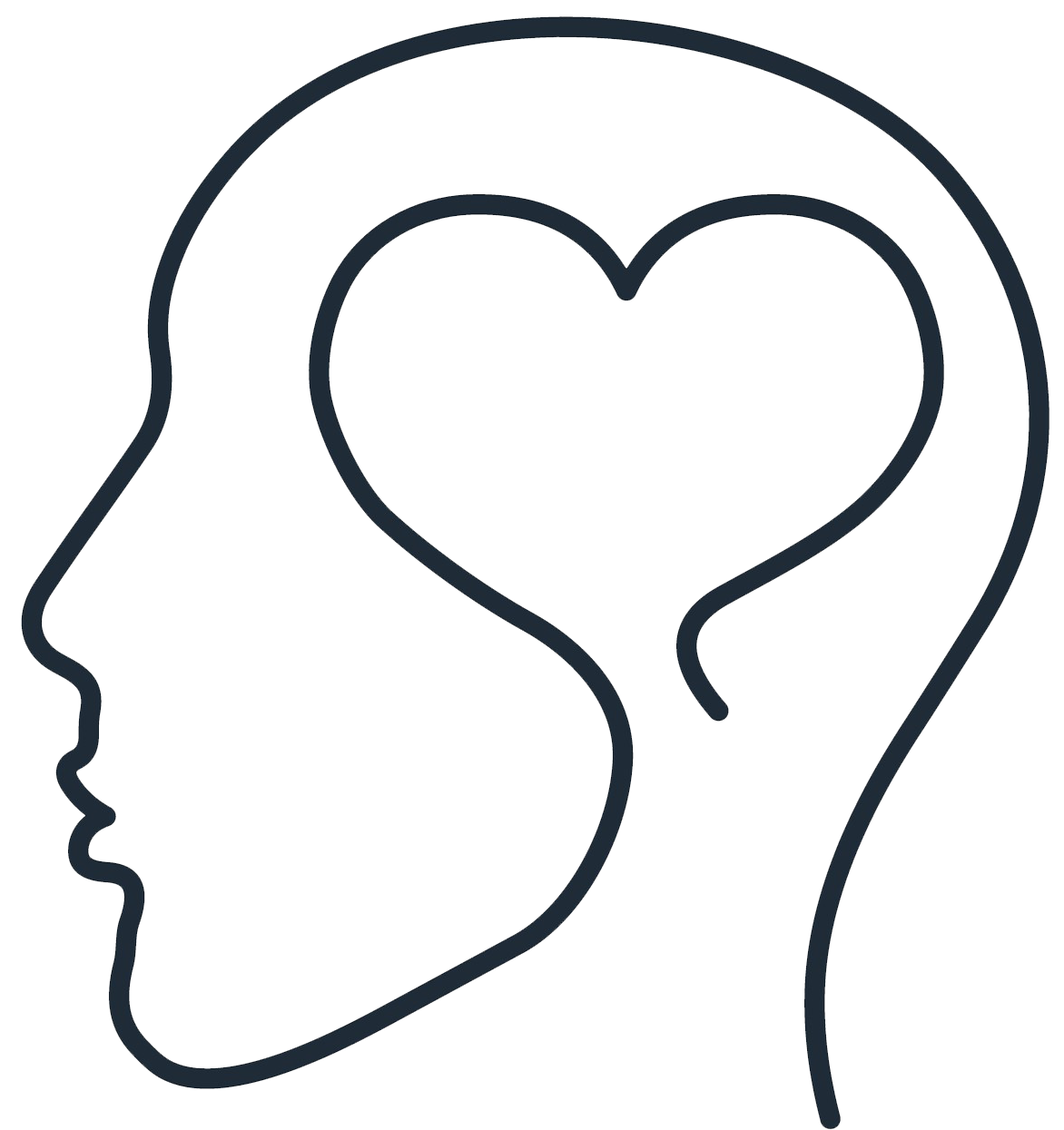Polyvagal therapy, rooted in the polyvagal theory developed by Stephen Porges, offers a novel approach to addressing post-traumatic stress disorder (PTSD). This innovative therapeutic model emphasizes the role of the autonomic nervous system in emotional regulation, social connection, and adaptability to stressors. By understanding how the vagus nerve influences bodily responses to trauma, clinicians can develop targeted interventions that enhance emotional resilience and promote healing in individuals suffering from PTSD.
At the core of polyvagal therapy is the recognition that traumatic experiences can dysregulate the autonomic nervous system, leading to a persistent state of hyperarousal or dissociation. This dysregulation can manifest as heightened fear responses, difficulty establishing relationships, and challenges in managing emotions. Polyvagal theory posits that the vagus nerve plays a critical role in managing these responses, as it connects the brain to various bodily systems, thus influencing heart rate, breathing, and the ability to engage socially. Through understanding the relationship between the vagus nerve and emotional experiences, therapists can better assess the impact of trauma on an individual’s functioning.
One of the key components of polyvagal therapy is the use of techniques that foster a sense of safety and promote engagement. This is achieved by helping clients access their ventral vagal state, which is associated with feelings of safety, connection, and social engagement. Techniques such as mindful breathing, visualization, and gentle movement are employed to facilitate this shift. By activating the ventral vagal pathway, individuals can learn to ground themselves in the present moment, reducing anxiety and improving their capacity for emotional regulation. This enhanced sense of safety is foundational for addressing and processing traumatic memories, which is essential in the journey of healing from PTSD.
Furthermore, polyvagal therapy encourages a focus on the physiological aspects of trauma. By educating clients about the body’s responses to stress and trauma, individuals gain insight into their experiences, which can empower them to recognize and intervene in their dysregulated states. This understanding fosters self-compassion and reduces feelings of shame associated with PTSD symptoms. Additionally, when clients learn to recognize the signs of their autonomic nervous system’s responses, they can implement strategies to influence these reactions proactively. This empowerment is crucial in building resilience and confidence in managing PTSD symptoms.
In conclusion, polyvagal therapy presents a promising direction for treating PTSD by addressing the underlying autonomic nervous system dysregulation often associated with trauma. Through techniques that promote safety and enhance emotional regulation, individuals can reconnect with their bodies, gain insights into their responses, and rebuild their capacity for social engagement. As our understanding of the polyvagal theory continues to evolve, it offers a framework through which therapists can effectively support individuals in their healing journey, thus contributing significantly to the field of trauma therapy.



